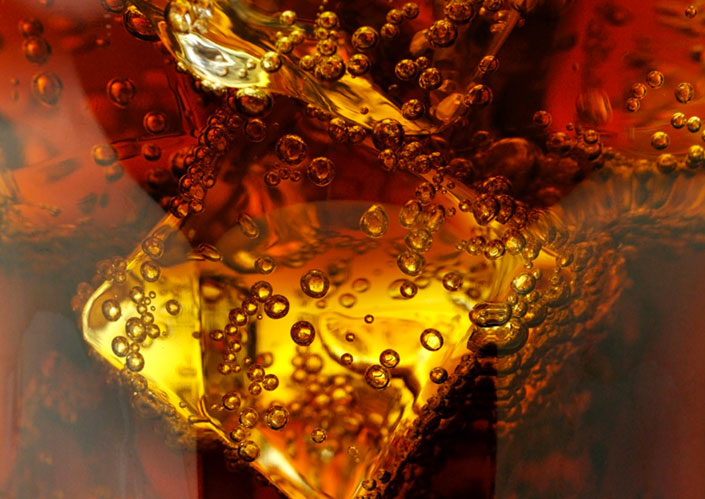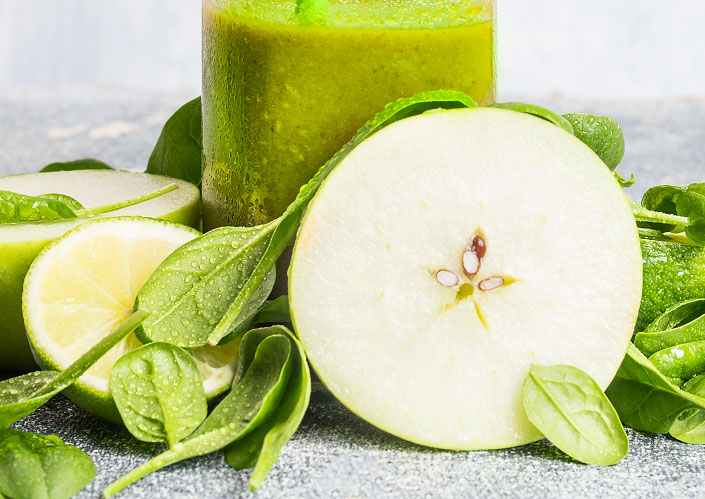
UV barrier
Thanks to the use of additives specifically formulated according to the applications, the containers can be perfectly transparent or completely opaque to Ultraviolet...
ContinueWaste disposal, recycling and reducing CO2 emissions are key points in the daily work of research and innovation. With both traditional PET, and with the latest BIO-PET "plastic" of plant origin, IFAP aims to increasingly reduce the environmental impact of its products, trying to increase the product characteristics at the same time (strength, versatility, protective value, weight, ...) to meet the needs of customers and the continuous new market demands.
LIMITING to a minimum the content of heavy metals and other hazardous substances and materials (in both raw materials and components).
Reducing the environmental impact in the choice of packaging.
IFAP while respecting the environment is increasingly geared to the use of tertiary reusable and fully recyclable packaging systems. Currently, IFAP no longer uses cardboard boxes, but totally reusable Metal Box for 25% of goods shipped.
A further step in respect of the environment is the use of Octabin in Cartonplast for containment and transport of preforms, currently under validation. Cartonplast offers many advantages including Lightness, Printability for example using screen-printing, Reusability and Recycling. IFAP, in line with its Customers, however provides for the recovery and reuse of octabins, cardboard containers for transporting preforms, until the operating characteristics are guaranteed.
With the use of Metal Boxes and containers in Cartonplast, IFAP contributes to reducing deforestation by saving hundreds of trees.
Several years ago IFAP initiated continuous research for reduction of materials, with the aim of reducing the consumption of non-renewable resources and the amount of energy required for the production of bottles. Preform weight reduction through the redesign of threads and/or preform body, while maintaining the quality features of the finished product, depending on the case, allowed savings of raw material from 3 to 7 per cent.
Material Recycling and Energy Recovery
Raw material is recyclable under normal conditions of continuous recycling processes. The possibility to recycle the material after use for packaging to which it is intended will depend on the composition and packaging, potential residues contained and contaminations, and available collection and separation systems needed.
Some raw material recycling techniques, called chemical recycling, decompose PET in basic raw material, ensuring a high degree of purity and can also be applied to coloured bottles.
An alternative to mechanical or chemical recycling is using the calorific value (comparable to coal) within the polymer and burning PET to recover energy and generate heat, other energy and fuel. PET can be a part of mixed plastic waste as raw material that supports the production of steel in blast furnaces or as a replacement for fossil fuels in cement kilns.
In this way the PET value chain relies on the calorific value of petroleum for the production and the life of the polymer and recovers the high content thereof in terms of energy.
You can find all our proposals for the protection of your products within the section dedicated to the solutions on this page. Please find below links to some of the main innovations employed in the sector.

Thanks to the use of additives specifically formulated according to the applications, the containers can be perfectly transparent or completely opaque to Ultraviolet...
Continue
For carbonated drinks, in particular, maintaining the level of carbonation is obviously crucial to the quality and taste of the product. In this case the passive...
Continue
Both passive and active barrier solutions can be used in combination for carbonated drinks, for which maintaining the level of carbonation constant for long periods is...
ContinueOur laboratory or sales personnel is at your disposal
Contact us now